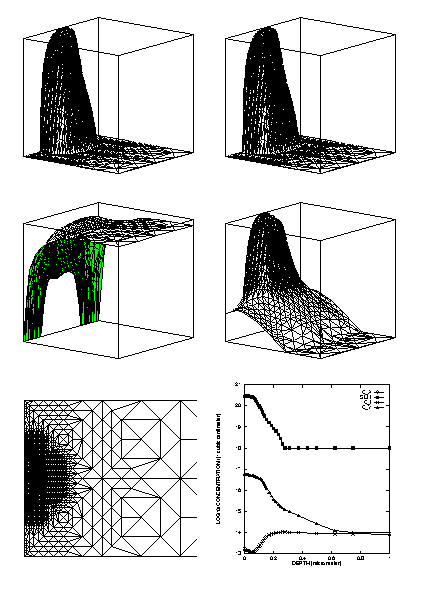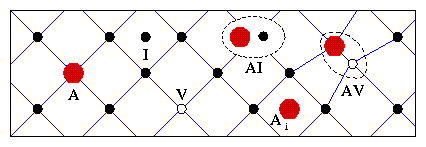
| Responsible: | Jens Lang, Peter Deuflhard |
| Cooperation: | W. Merz, K.-H. Hoffmann, TU Munich
E. Wilczok, Siemens AG |
| Literature: | J. Lang, W. Merz, Two-dimensional Adaptive Simulation of Dopant Diffusion in Silicon, Report ZR-00-03 (2000), Konrad-Zuse-Zentrum. |

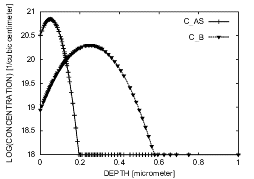
|
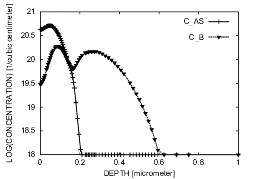
|
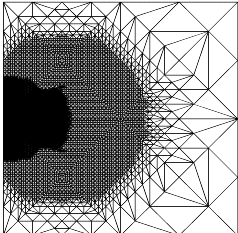
|
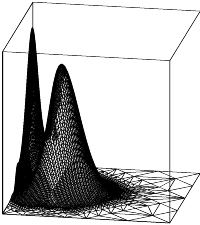
|
